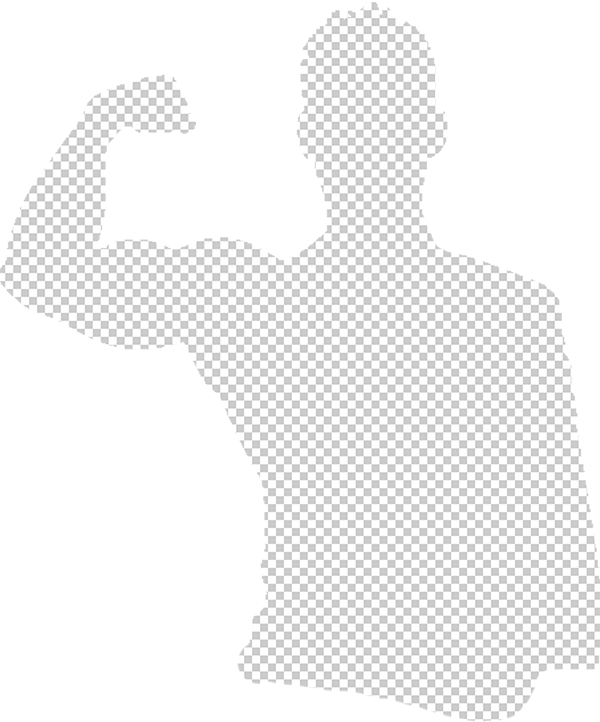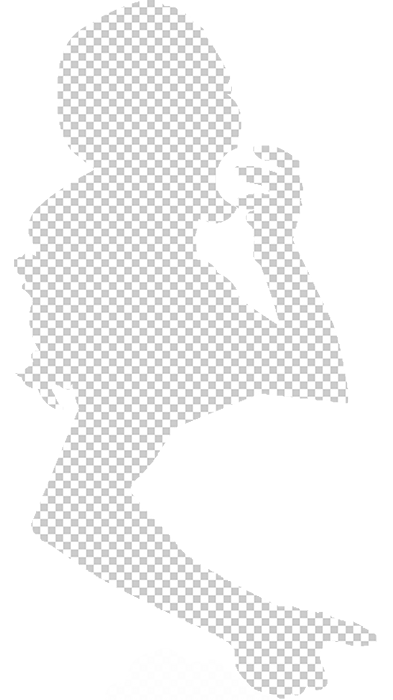






Dense clusters of radio waves leave our planet every second. Our letters and snapshots, intimate and official communications, TV broadcasts and text messages drift away from earth in rings, a tectonic architecture of the desires and fears of our times. In a few hundred thousand years, extraterrestrial forms of intelligence may incredulously sift through our wireless communications. But imagine the perplexity of those creatures when they actually look at the material. Because a huge percentage of the pictures inadvertently sent off into deep space is actually spam. Any archaeologist, forensic, or historian—in this world or another—will look at it as our legacy and our likeness, a true portrait of our times and ourselves. Imagine a human reconstruction somehow made from this digital rubble. Chances are, it would look like image spam.
Image spam is one of the many dark matters of the digital world; spam tries to avoid detection by filters by presenting its message as an image file. An inordinate amount of these images floats around the globe, desperately vying for human attention. They advertise pharmaceuticals, replica items, body enhancements, penny stocks, and degrees. According to the pictures dispersed via image spam, humanity consists of scantily dressed degree-holders with jolly smiles enhanced by orthodontic braces.
In terms of sheer quantity, image spam outnumbers the human population by far. It’s formed a silent majority, indeed. But of what? Who are the people portrayed in this type of accelerated advertisement? And what could their images tell potential extraterrestrial recipients about contemporary humanity?
From the perspective of image spam, people are improvable, or, as Hegel put it, perfectible. They are imagined to be potentially “flawless,” which in this context means horny, super skinny, armed with recession-proof college degrees, and always on time for their service jobs, courtesy of their replica watches. This is the contemporary family of men and women: a bunch of people on knockoff antidepressants, fitted with enhanced body parts. They are the dream team of hyper-capitalism.
But is this how we really look? Well, no. Image spam might tell us a lot about “ideal” humans, but not by showing actual humans: quite the contrary. The models in image spam are photochopped replicas, too improved to be true. A reserve army of digitally enhanced creatures who resemble the minor demons and angels of mystic speculation, luring, pushing and blackmailing people into the profane rapture of consumption.
Image spam is addressed to people who do not look like those in the ads: they neither are skinny nor have recession-proof degrees. They are those whose organic substance is far from perfect from a neoliberal point of view. People who might open their inboxes every day waiting for a miracle, or just a tiny sign, a rainbow at the other end of permanent crisis and hardship. Image spam is addressed to the vast majority of humankind, but it does not show them. It does not represent those who are considered expendable and superfluous—just like spam itself; it speaks to them.
The image of humanity articulated in image spam thus has actually nothing to do with it. On the contrary, it is an accurate portrayal of what humanity is actually not. It is a negative image.